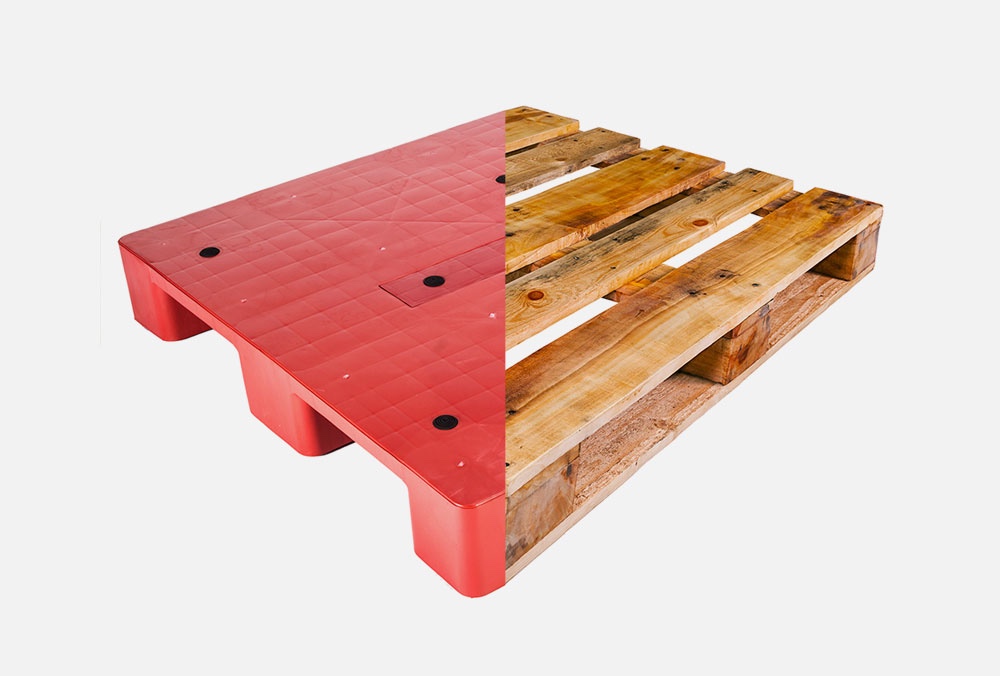There’s nothing more frustrating than needing a product only to find out it’s out of stock. Imagine you’re a wholesaler in the food industry, and you don’t have enough inventory when your customers call for deliveries. They might turn to your competitors, leading to lost sales and missed opportunities for repeat business. The solution is simple: make sure your warehouse is well-stocked so there are no delays in getting products to customers when they need them. Effective pallet management plays a crucial role in this by ensuring products aren’t wasted or misplaced during storage or retrieval.
To develop a good pallet management system, start by figuring out how many different types of loads are handled on your docks or shipping floors. You can do this by observing current dock activity or asking your customers about their typical orders and the sizes of their loads. Once you understand the variety of loads, think about which types of pallets or containers are best for each: wood, plastic, cardboard, steel, or aluminum?
Let’s discuss about how to create a successful pallet management plan- Start by estimating your pallet needs based on the volume of products you ship daily, weekly, monthly, or annually. Next, specify product details, including the size and weight of each item, to determine how many units can fit on each type of pallet. Additionally, consider stock turnover rates to ensure that new shipments arrive precisely when needed, facilitating a seamless flow of goods and optimizing your overall operations.
Plan Your Pallet System
The first step in developing an effective pallet management system is thorough planning, which begins with creating a detailed map of your warehouse. Clearly label each area to ensure that employees understand where to store new, used, and damaged pallets. Designate a specific area for new pallet storage to keep them organized and readily accessible. Additionally, set aside a separate space for used pallets to streamline retrieval and reuse. It’s equally important to create a distinct area for damaged or broken pallets to avoid confusion and maintain safety. Lastly, reserve a section for storing empty wooden shipping crates, as these may be useful for future shipments. This structured approach will enhance efficiency and organization within your warehouse.
Implement Your System
Once you’ve figured out the best materials to use and where to get them, it’s time to put your system into action. A good pallet management plan should be easy to use, cost-effective, and flexible enough to grow with your business as needed.
For expert help in setting up your pallet management system, give us a call at (604) 584-4368.




